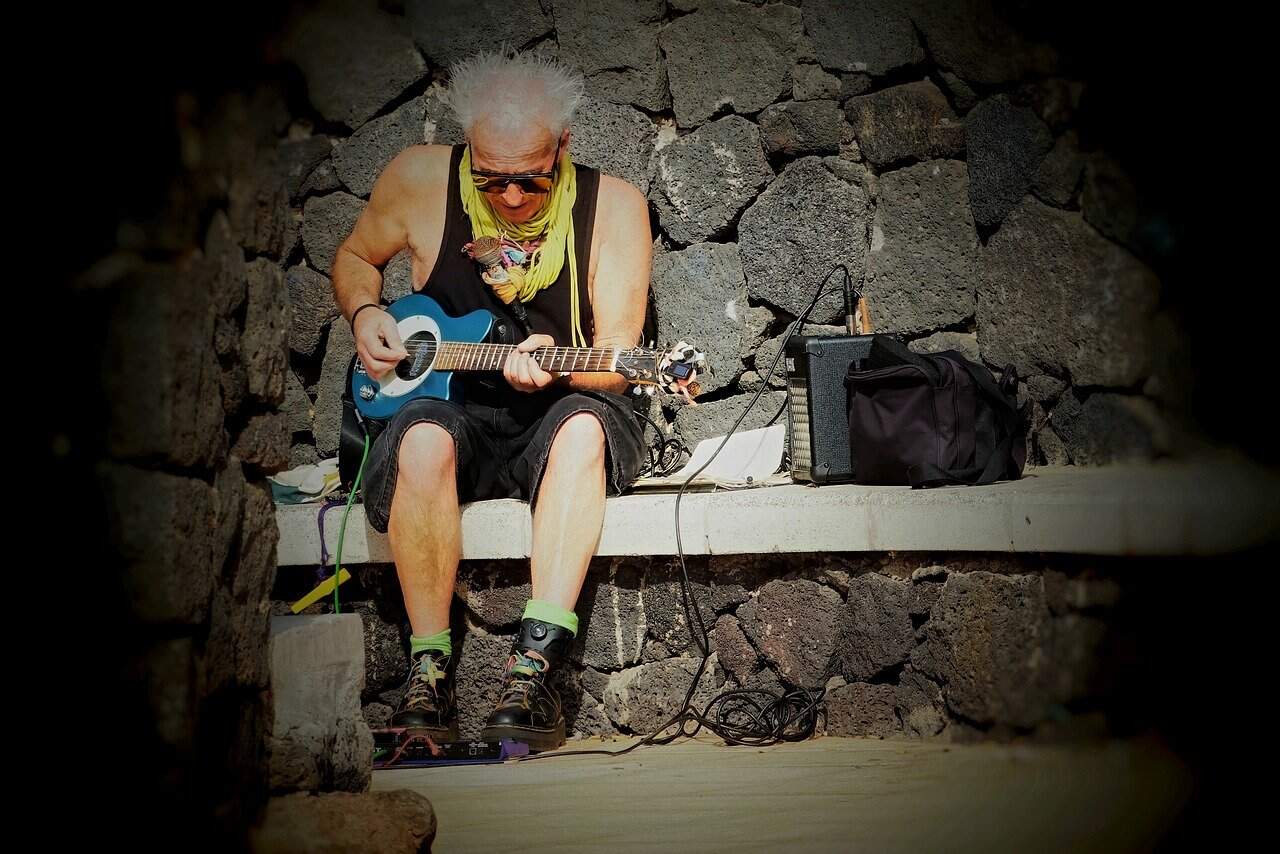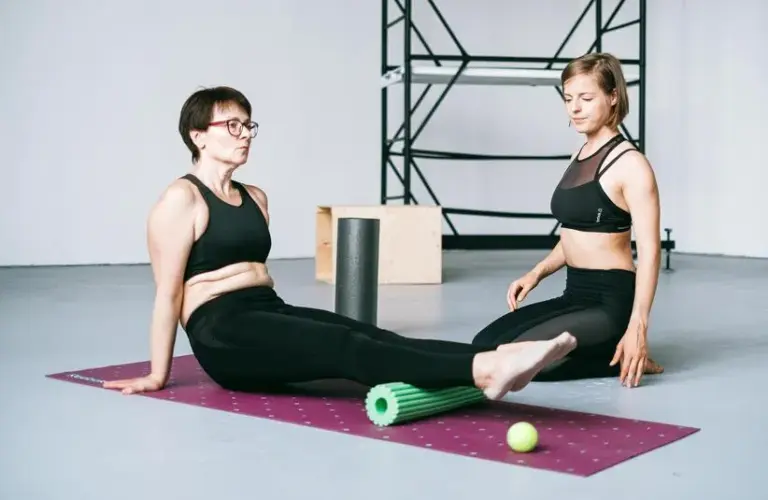Spatial Memory in Aging Adults – Learn New Ways to Navigate Brain Decline
As people age, maintaining cognitive clarity becomes increasingly vital—not just for memory, but for emotional resilience, independence, and quality of life. Among the many facets of cognition, spatial memory plays a critical role in daily functioning. It helps individuals navigate environments, remember locations, and interpret visual-spatial relationships. When spatial memory begins to fade, confusion and anxiety often follow. Fortunately, emerging research and creative interventions offer hope. By engaging in activities that stimulate both brain health and creativity, aging minds can retain spatial awareness and mental sharpness longer than previously imagined.
This article explores the science behind spatial memory, the timeline of its decline, and the creative hobbies that bolster cognitive resilience. It also highlights current studies, past breakthroughs, and future innovations that promise to support aging populations with dignity and optimism.
Understanding Spatial Memory and Its Role in Brain Health
Spatial memory refers to the brain’s ability to remember the physical layout of environments and the spatial relationships between objects. It’s what allows someone to recall where they parked a car, navigate a familiar neighborhood, or organize items in a kitchen.
When Does Spatial Memory Begin to Decline?
Research from the National Institute on Aging suggests that spatial memory can begin to decline subtly in the late 50s, with more noticeable effects appearing in the 60s and beyond. The hippocampus, a brain region central to spatial navigation and memory formation, tends to shrink with age. This shrinkage correlates with reduced spatial awareness and increased disorientation.
However, decline is not inevitable. Studies show that lifestyle factors—including physical activity, mental stimulation, and creative engagement—can slow or even reverse some cognitive aging effects.
What Has Helped in the Past: Proven Strategies for Cognitive Longevity
Historical approaches to brain health have emphasized routine mental exercises like crossword puzzles and reading. While these remain beneficial, newer research points to more dynamic methods.
Tangram Puzzles and Spatial Reasoning
Tangram puzzles, originating from ancient China, involve arranging geometric shapes into specific patterns. A 2023 study published in the Journal of Cognitive Enhancement found that seniors who practiced tangram puzzles three times a week showed measurable improvements in spatial awareness and mathematical reasoning.
Gardening and Aromatic Herbs
Indoor herb gardening has long been associated with sensory stimulation and memory retention. Rosemary, sage, and peppermint have been shown to enhance focus and recall. A study from the American Journal of Geriatrics revealed that seniors exposed to rosemary scent during cognitive tasks performed 15% better than control groups.
Music Composition and Rhythm Training
Music creation activates multiple brain regions simultaneously. Seniors who engaged in rhythm exercises and simple melody composition showed increased activity in the premotor cortex and improved executive function. Harvard Medical School’s 2022 research confirmed that piano lessons led to better verbal fluency and processing speed in adults aged 60–85.
What’s Helping Aging Minds Now: Creative Hobbies and Brain Health

Creative hobbies offer a unique blend of emotional fulfillment and cognitive stimulation. Unlike passive activities, they demand active engagement, decision-making, and spatial reasoning.
Visual Arts and Memory Painting
Watercolor memory painting encourages seniors to recreate cherished moments visually. This process stimulates the hippocampus and enhances hand-eye coordination. Collage creation, another visual art form, activates spatial reasoning by requiring image selection, arrangement, and thematic storytelling.
Digital Photography and Visual Documentation
Photography engages technical and creative faculties. Seniors who photograph daily events and organize themed photo collections show stronger visual memory retention. According to the Journal of Gerontology, this activity strengthens neural pathways and supports executive function.
Storytelling and Podcast Creation
Narrative creation activates multiple brain regions, including those responsible for memory, language, and emotional processing. Seniors who participate in storytelling circles or create podcasts demonstrate improved problem-solving and emotional resilience. The American Journal of Geriatric Psychiatry reports that structured reminiscence therapy yields measurable cognitive benefits.
What Scientists Are Working On: Promising Innovations in Brain Health
The future of cognitive wellness is being shaped by interdisciplinary research across neuroscience, gerontology, and digital therapeutics.
Neuroplasticity and Brain Mapping
Neuroplasticity—the brain’s ability to reorganize itself—remains a central focus. Studies from Stanford’s Center on Longevity show that engaging in new, complex tasks can physically alter brain structure, increasing cerebral cortex thickness and preserving spatial memory.
Digital Cognitive Platforms
Apps like DuoLingo and Melody Creator are being adapted for senior use, offering structured cognitive exercises that blend language learning and music composition. These platforms are designed with simplified interfaces and personalized feedback, making them accessible and effective.
Adaptive Dance and Movement Therapy
Dance therapy combines physical movement with rhythmic and spatial coordination. Seniors participating in weekly dance classes maintain hippocampal volume and show 60% less motor decline than non-dancing peers. Structured choreography sequences improve processing speed and spatial memory more effectively than standard exercise routines.
Creative Hobbies That Support Spatial Memory Retention

Here are several creative hobbies that directly support spatial memory and overall brain health:
- Tangram and Logic Puzzles – Enhance spatial reasoning and problem-solving.
- Watercolor and Collage Art – Stimulate visual-spatial processing and memory recall.
- Photography and Photo Organization – Strengthen visual memory and executive function.
- Music Composition – Activate multiple brain regions and improve coordination.
- Storytelling and Podcasting – Boost narrative skills and emotional resilience.
- Gardening with Aromatic Herbs – Engage sensory memory and reduce stress.
- Dance and Movement Therapy – Improve spatial awareness and motor coordination.
Each of these hobbies offers layered cognitive benefits, especially when practiced regularly and socially.
Final Thought: Aging with Clarity, Creativity, and Compassion
Aging minds deserve every tool available to preserve clarity, reduce confusion, and foster joy. By embracing creative hobbies and supporting brain health through spatial memory retention, individuals can age with confidence and vitality. The intersection of creativity and neuroscience offers not just hope, but a roadmap—one filled with color, rhythm, story, and connection.
Supporting aging loved ones in these pursuits is an act of love. It’s a way to ensure they carry not just memories, but the ability to make new ones, with less anxiety and more grace.
Disclaimer: This article is for informational purposes only and does not constitute medical advice. For personalized recommendations, consult a licensed healthcare provider or cognitive specialist.






